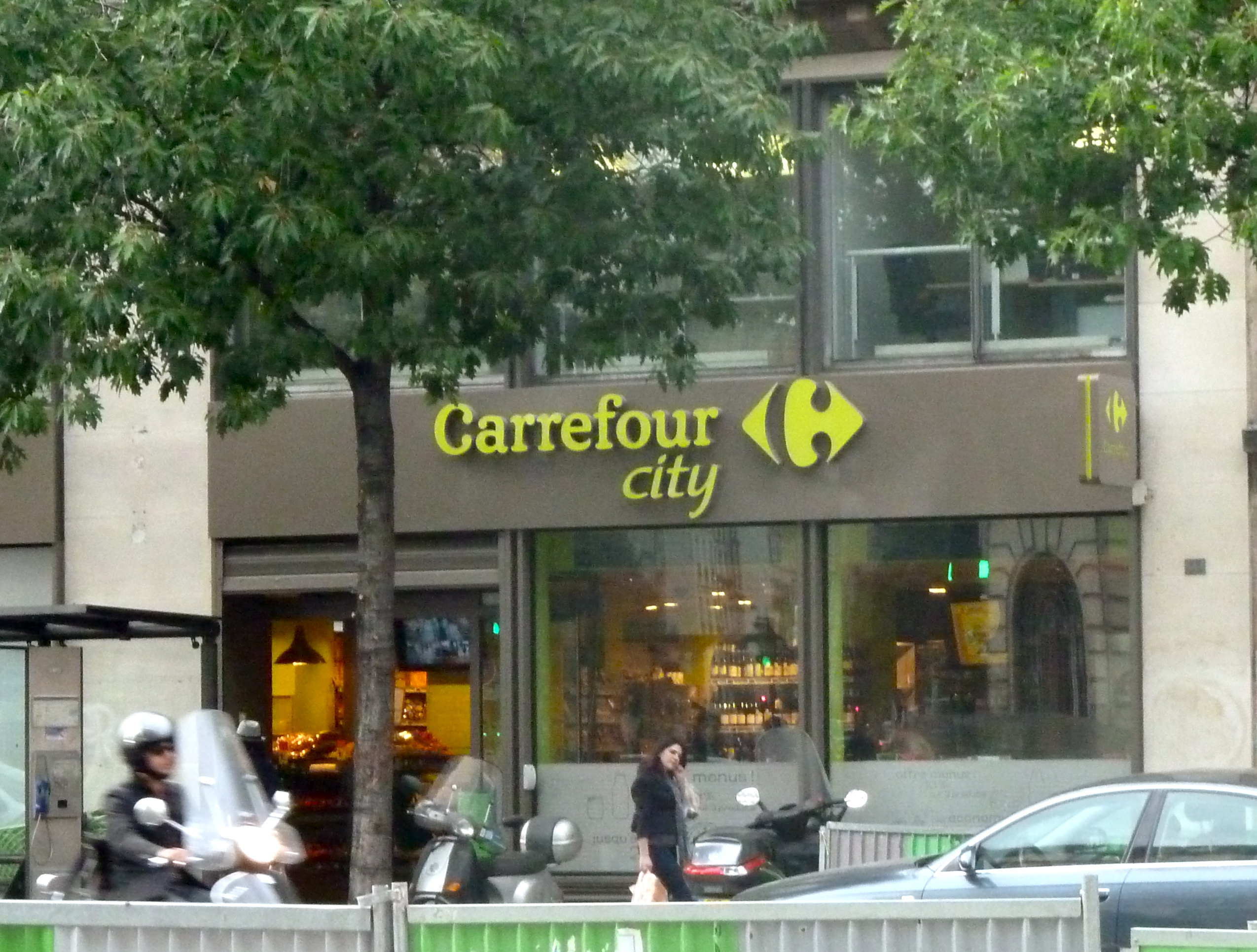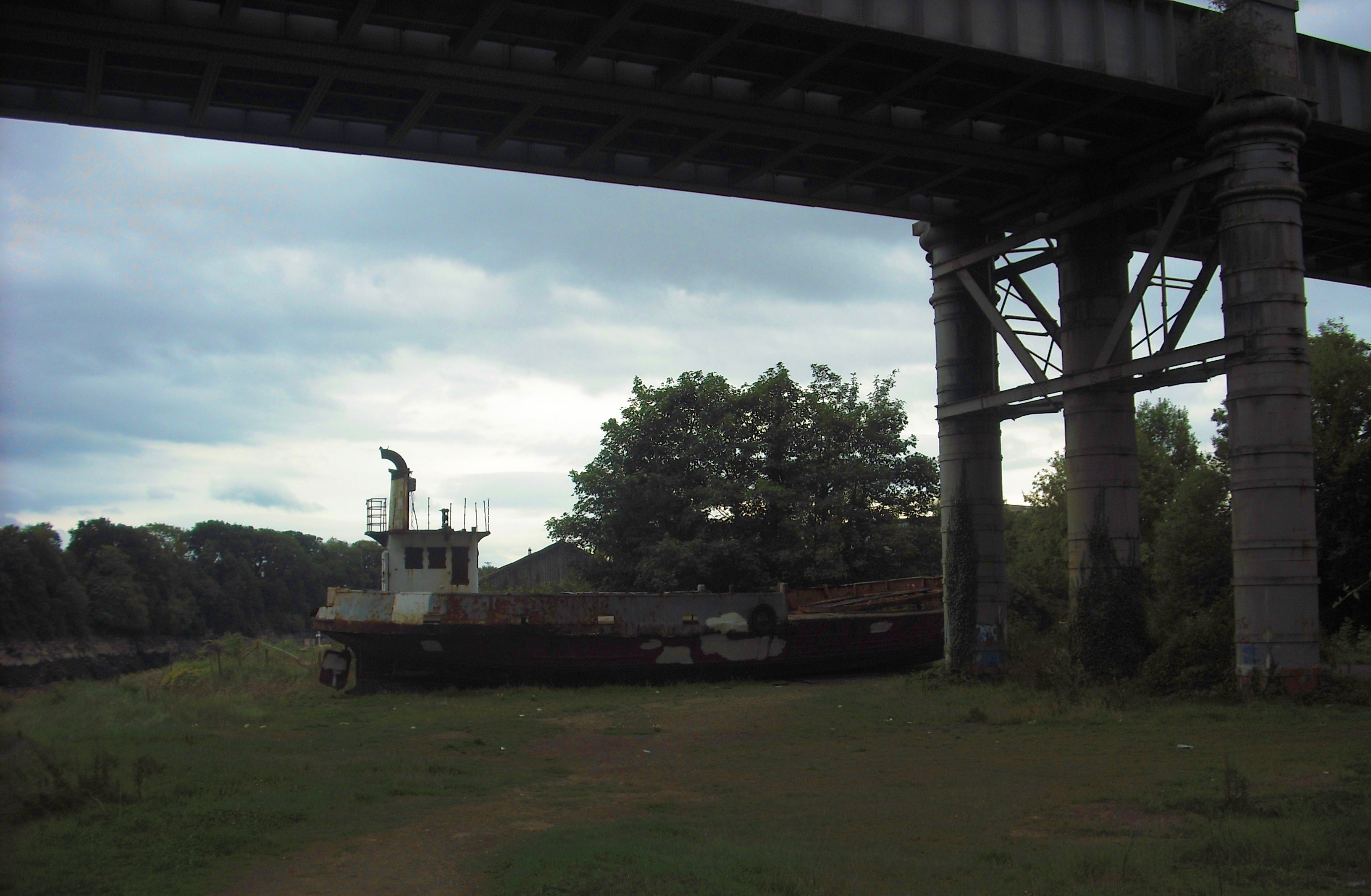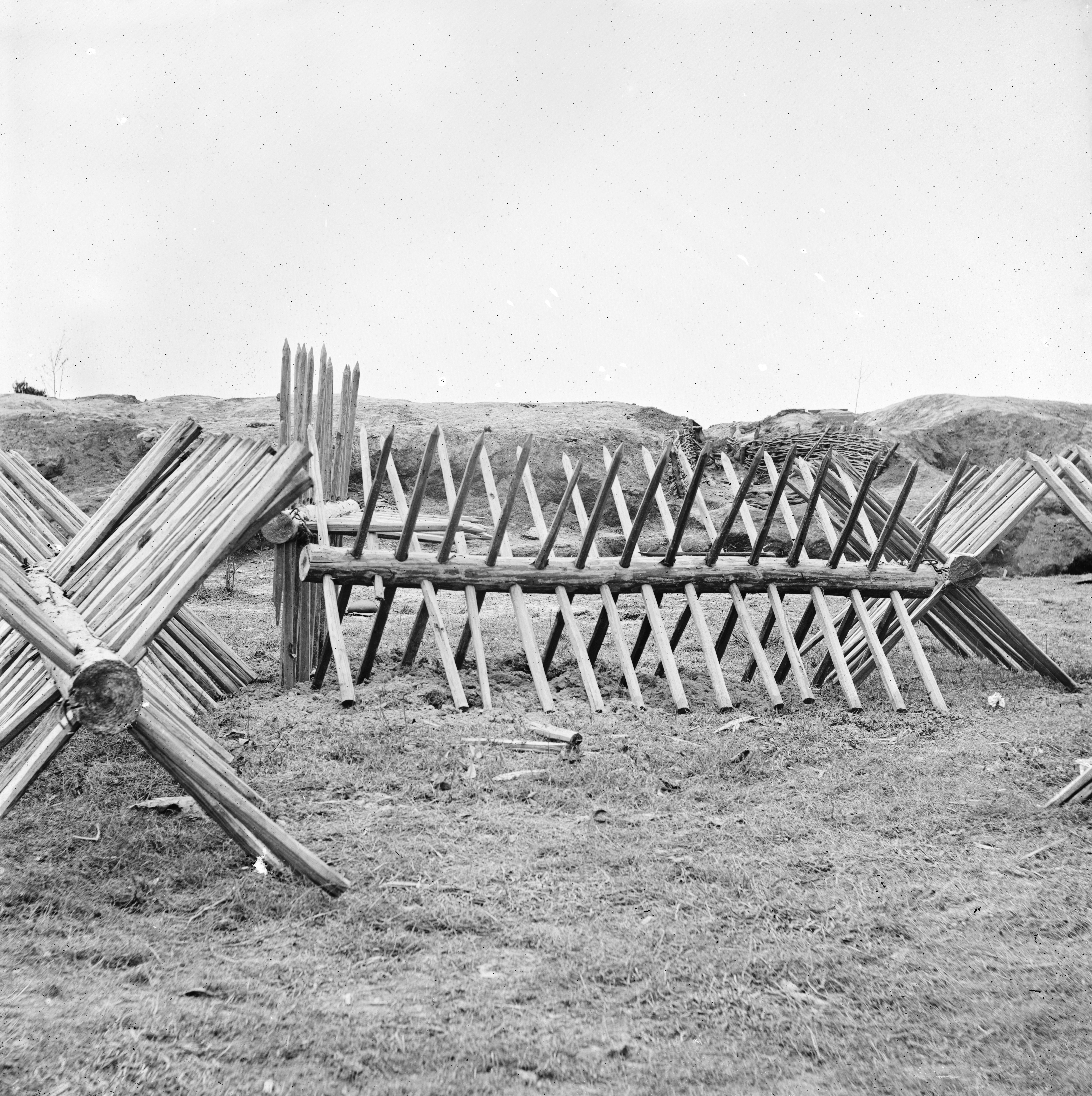|
Cribbs Causeway
Cribbs Causeway is both a road in South Gloucestershire, England, running north of the city of Bristol, and the adjacent area which is notable for its Out-of-town shopping centres in the United Kingdom, out-of-town shopping and leisure facilities. The retail and leisure complex takes its name from the road, and includes retail parks, supermarkets, an enclosed shopping centre known as Cribbs, an Ice rink, ice-rink, Vue, a cinema, Hollywood Bowl, a Ten-pin bowling, ten-pin bowling venue, and a gym. The Cribbs Causeway road is a historic route, as it follows a section of a Roman roads in Britannia, Roman road from Sea Mills, Bristol, Sea Mills to South Gloucestershire, part of a longer Roman route from Gloucester to the South West England, south-west of England. The modern road of that name is situated north of Bristol, and west of the town of Patchway, in the civil parish of Almondsbury. It runs approximately north-east from the northern edge of Bristol at Henbury, Bristol, Henbur ... [...More Info...] [...Related Items...] OR: [Wikipedia] [Google] [Baidu] |
South Gloucestershire
South Gloucestershire is a unitary authority area in the ceremonial county of Gloucestershire, South West England. Towns in the area include Yate, Chipping Sodbury, Kingswood, Thornbury, Filton, Patchway and Bradley Stoke. The southern part of its area falls within the Greater Bristol urban area surrounding the city of Bristol. South Gloucestershire was created in 1996 to replace the Northavon district of the abolished county of Avon. It is separate from Gloucestershire County Council, but is part of the ceremonial county and shares Gloucestershire's Lord Lieutenant (the Sovereign's representative to the county). Because of its history as part of the county of Avon, South Gloucestershire works closely with the other unitary authorities that took over when that county was abolished, including shared services such as Avon Fire and Rescue Service and Avon and Somerset Police, together with co-operation in planning strategy for transport, roads and housing. History Pri ... [...More Info...] [...Related Items...] OR: [Wikipedia] [Google] [Baidu] |
A38 Road
The A38, parts of which are known as Devon Expressway, Bristol Road and Gloucester Road, Bristol, Gloucester Road, is a major A-class trunk road in England. The road runs from Bodmin in Cornwall to Mansfield in Nottinghamshire. It is long, making it the longest two digit A road in England. It was formerly known as the ''Leeds–Exeter Trunk Road'', when this description also included the A61. Before the opening of the M5 motorway in the 1960s and 1970s, the A38 formed the main "holiday route" from the Midlands to Somerset, Devon and Cornwall. Considerable lengths of the road in the West Midlands (region), West Midlands closely follow Roman roads, including part of Icknield Street. Between Worcester, England, Worcester and Birmingham the current A38 follows the line of a Saxon salt road. For most of the length of the M5 motorway, the A38 road runs alongside it as a single carriageway road. Route description Bodmin to Birmingham The road starts on the eastern side of Bodmin a ... [...More Info...] [...Related Items...] OR: [Wikipedia] [Google] [Baidu] |
Smallholding
A smallholding or smallholder is a small farm operating under a small-scale agriculture model. Definitions vary widely for what constitutes a smallholder or small-scale farm, including factors such as size, food production technique or technology, Family farm, involvement of family in labor and economic impact. There are an estimated 500 million smallholder farms in developing countries of the world alone, supporting almost two billion people. Smallholdings are usually farms supporting a single family with a mixture of cash crops and subsistence farming. As a country becomes more affluent, smallholdings may not be self-sufficient. Still, they may be valued for providing supplemental sustenance, recreation, and general rural lifestyle appreciation (often as hobby farms). As the Sustainable food system, sustainable food and local food movements grow in affluent countries, some of these smallholdings are gaining increased economic viability in the developed world as well. Small-sca ... [...More Info...] [...Related Items...] OR: [Wikipedia] [Google] [Baidu] |
Boxing
Boxing is a combat sport and martial art. Taking place in a boxing ring, it involves two people – usually wearing protective equipment, such as boxing glove, protective gloves, hand wraps, and mouthguards – throwing Punch (combat), punches at each other for a predetermined amount of time. Although the term "boxing" is commonly attributed to western boxing, in which only fists are involved, it has developed in different ways in different geographical areas and cultures of the World. In global terms, "boxing" today is also a set of combat sports focused on Strike (attack), striking, in which two opponents face each other in a fight using at least their fists, and possibly involving other actions, such as kicks, Elbow (strike), elbow strikes, Knee (strike), knee strikes, and headbutts, depending on the rules. Some of these variants are the bare-knuckle boxing, kickboxing, Muay Thai, Lethwei, savate, and Sanda (sport), sanda. Boxing techniques have been incorporated into many ... [...More Info...] [...Related Items...] OR: [Wikipedia] [Google] [Baidu] |
Bare-knuckle Boxing
Bare-knuckle boxing (also known as bare-knuckle or bare-knuckle fighting) is a full-contact combat sport based on punching without any form of padding on the hands. The sport as it is known today originated in 17th-century England and, although similar, it differs from street fighting as it follows an accepted set of rules. The rules that provided the foundation for bare-knuckle boxing for much of the 18th and 19th centuries were the London Prize Ring Rules. By the late 19th century, professional boxing moved from bare-knuckle to using boxing gloves. The last major world heavyweight championship held under bare-knuckle boxing rules happened in 1889 and was held by John L. Sullivan. The American '' National Police Gazette'' magazine was recognized as sanctioning the world championship titles. Bare-knuckle boxing has seen a resurgence in the 21st century with English promoters such as Bare Knuckle Boxing (BKB) in Coventry and Ultimate Bare Knuckle Boxing (UBKB) in Warrington ... [...More Info...] [...Related Items...] OR: [Wikipedia] [Google] [Baidu] |
Tom Cribb
Tom Cribb (8 July 1781 – 11 May 1848) was an English bare-knuckle boxer of the 19th century. He was All England Champion from 1808 to 1822.Dowling (1841), p.56 Early life Born in Hanham near Bristol, Cribb moved to London at the age of 13 and after working as a bell-hanger sought work as a coal porter in Wapping. Boxing career His first fight was with George Maddox on 7 January 1805 at Wood Green in Middlesex, now part of north London. Victory over Maddox, followed by another over Tom Blake a month later, persuaded him to become a professional pugilist, under the supervision of Captain Robert Barclay. George Nicholls was the only fighter to defeat Cribb, on 20 July 1805. Later, the foremost prizefighting reporter, Pierce Egan, stated that he was aware that some "friends of the CHAMPION" had encouraged the myth that Cribb enjoyed an unbeaten career by "withholding the name of his vanquisher" ('' Boxiana'', vol. 1). On 8 April 1807 Cribb beat Jem Belcher (who had been En ... [...More Info...] [...Related Items...] OR: [Wikipedia] [Google] [Baidu] |
Carrefour
Carrefour Group, S.A. (, ), is a French multinational retail and wholesaling corporation headquartered in Massy, Essonne, Massy, France. It operates a chain of hypermarkets, grocery stores and convenience stores. By 2024, the group had 14,000 stores in 40 countries.. It is the seventh-largest retailer in the world by revenue. History The first Carrefour shop (not a hypermarket) opened in 1960, within suburban Annecy, near a crossroads (junction), crossroads (hence the name ― ''carrefour'' means ''crossroads'' in French). The group was created in 1958 by Marcel Fournier, Denis Defforey and Jacques Defforey, who attended and were influenced by several seminars in the United States led by "the Pope of retail", Bernardo Trujillo. The Carrefour group was the first in Europe to open a hypermarket: a large supermarket and a department store under the same roof. They opened their first hypermarket on 15 June 1963 in Sainte-Geneviève-des-Bois, Essonne, Sainte-Geneviève-des-Bois, ne ... [...More Info...] [...Related Items...] OR: [Wikipedia] [Google] [Baidu] |
A Roads In Great Britain
In Great Britain, there is a numbering scheme used to classify and identify all roads. Each road is given a single letter (representing a category) and a subsequent number (between one and four digits). Though this scheme was introduced merely to simplify funding allocations, it soon became used on maps and as a method of navigation. There are two sub-schemes in use: one for motorways, and another for non-motorway roads. While some of Great Britain's major roads form part of the international E-road network, no E-routes are signposted in the United Kingdom. Due to changes in local road designation, in some cases roads are numbered out of zone. There are also instances where two unrelated roads have been given exactly the same number; for example, the Leicester Ring Road and a road in Cumbria are both designated A594. This scheme applies only to England, Scotland and Wales; a separate system using similar conventions is used in Northern Ireland, as well as outside the United ... [...More Info...] [...Related Items...] OR: [Wikipedia] [Google] [Baidu] |
Severn Bridge
The Severn Bridge () is a Controlled-access highway, motorway suspension bridge that spans the River Severn between South Gloucestershire in England and Monmouthshire in South East Wales. It is the original Severn crossing, Severn road crossing between England and Wales, and took three and a half years to build, at a cost of Pound sterling, £8 million. It replaced the 137-year-old Aust Ferry. The bridge was opened in 1966 by Queen Elizabeth II. For thirty years, the bridge carried the M4 motorway. It was granted Grade I listed building, listed status in 1999. Following the completion of the Second Severn Crossing, the section of motorway from Olveston in England to Magor, Monmouthshire, Magor in Wales was designated the M48 motorway, M48. In addition to carrying the motorway, the bridge has service paths on each side which are open to pedestrians and cyclists. These carry National Cycle Route 4 and EuroVelo cycle routes, as well as hosting a weekly parkrun. History The f ... [...More Info...] [...Related Items...] OR: [Wikipedia] [Google] [Baidu] |
Aust Ferry
Aust Ferry or Beachley Ferry was a ferry service that operated across the River Severn between Aust and Beachley, both in Gloucestershire, England. Before the Severn Bridge opened in 1966, it provided service for road traffic crossing between the West Country and South Wales. The nearest fixed crossing was a round trip to Gloucester. The ferry ran from a pier at Old Passage near the village of Aust on the east bank of the Severn. It ran to a similar pier on the east of the Beachley peninsula. The car ferry, set up in 1926, only carried cars, pedestrians and motorcycles; goods vehicles were prohibited from accessing the ferry terminal. History There has been a passage across the Severn at this location since Roman Britain. It has been recorded the site of the ''Trajectus'' (''throwing-across'') where the Roman legions used to be ferried across the Severn. It was recorded in the 12th century when the de Clares, lords of Tidenham, granted quittance of the passage to the monk ... [...More Info...] [...Related Items...] OR: [Wikipedia] [Google] [Baidu] |
New Passage
New Passage is a hamlet in the civil parish of Pilning and Severn Beach, in the South Gloucestershire, district, in Gloucestershire, England, on the banks of the Severn estuary near the village of Pilning. It takes its name from the ferry service which operated between there and South Wales until 1886. Ferry History New Passage was for many years the location of a ferry crossing to and from South Wales, running from Chestle Pill near Pilning to Black Rock at Portskewett in Monmouthshire. The route provided an alternative to the centuries-old Aust ferry two miles (3 km) upstream, known as the "Old Passage". The New Passage, which offered a more direct route to South Wales, was probably in operation from 1630, when the New Passage Ferry Company was formed.Northwick Bristol and Avon Family History Society, acce ... [...More Info...] [...Related Items...] OR: [Wikipedia] [Google] [Baidu] |
Turnpike Trust
Turnpike trusts were bodies set up by individual Acts of Parliament in the United Kingdom, Acts of Parliament, with powers to collect road toll road, tolls for maintaining the principal roads in Kingdom of Great Britain, Britain from the 17th but especially during the 18th and 19th centuries. At the peak, in the 1830s, over 1,000 trusts administered around of turnpike road in England and Wales, taking tolls at almost 8,000 toll-gates and side-bars. During the early 19th century the concept of the turnpike trust was adopted and adapted to manage roads within the British Empire (Ireland, Canada, Australia, New Zealand, India, and South Africa) and in the United States. Turnpikes declined with the Railway mania, coming of the railways and then the Local Government Act 1888 gave responsibility for maintaining main roads to county councils and county borough councils. Etymology The term "turnpike" originates from the similarity of the gate used to control access to the road, to ... [...More Info...] [...Related Items...] OR: [Wikipedia] [Google] [Baidu] |








